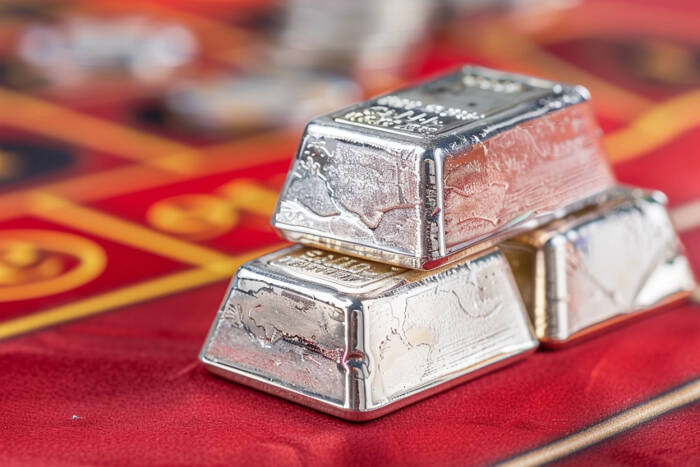The precious metals market has been a focal point for investors, particularly in the wake of economic uncertainties and fluctuating market conditions. Among these metals, silver (XAG) has garnered significant attention due to its dual role as both an industrial metal and a safe-haven asset. Recently, analysts have been debating whether the current pullback in silver prices is an overreaction or a precursor to further declines. This article delves into the factors influencing silver prices, the current market dynamics, and potential future trends.
Understanding Silver’s Market Dynamics
Silver has historically been viewed as a hedge against inflation and currency devaluation. Its unique properties make it essential in various industries, including electronics, solar energy, and medical applications. The interplay between industrial demand and investment demand significantly influences silver prices. In recent months, the market has witnessed a surge in industrial demand, particularly from the renewable energy sector, which has been a driving force behind silver’s price movements.
However, the recent pullback has raised questions among investors. Many are wondering if this decline is merely a temporary correction or indicative of a more prolonged downturn. To answer this, it is essential to analyze the underlying factors contributing to the current market conditions.
Economic Indicators and Their Impact
Several economic indicators have played a crucial role in shaping the silver market. Inflation rates, interest rates, and geopolitical tensions are among the primary factors influencing investor sentiment. Recently, central banks around the world have adopted a more hawkish stance, raising interest rates to combat rising inflation. Higher interest rates typically strengthen the U.S. dollar, making non-yielding assets like silver less attractive to investors.
Moreover, geopolitical tensions, particularly in Eastern Europe and the Middle East, have led to increased market volatility. While such tensions often drive investors toward safe-haven assets, the current economic climate has created a complex scenario where silver’s appeal may be waning.
Technical Analysis: Is the Pullback Overdone?
From a technical analysis perspective, silver has experienced significant fluctuations in recent months. After reaching a peak, the metal has seen a notable decline, leading many traders to question whether the pullback is overdone. Key support and resistance levels are critical in determining the future trajectory of silver prices.
Analysts often look at moving averages, RSI (Relative Strength Index), and other indicators to gauge market sentiment. Currently, silver is trading below its 50-day moving average, which could signal further weakness if it fails to regain this level. However, some analysts argue that the recent dip may present a buying opportunity, especially if silver can hold above critical support levels.
The Role of Supply and Demand
Supply and demand dynamics are fundamental to understanding silver’s price movements. On the supply side, mining production has faced challenges due to labor strikes, environmental regulations, and geopolitical issues in key producing countries. These factors can constrain supply, potentially leading to upward pressure on prices if demand remains strong.
On the demand side, industrial usage of silver is expected to rise, particularly in sectors like electronics and renewable energy. As countries invest in green technologies, the demand for silver could increase, providing a counterbalance to the current bearish sentiment.
Future Outlook: What Lies Ahead for Silver?
Looking ahead, the outlook for silver remains uncertain. If inflation persists and central banks continue to raise interest rates, silver may struggle to regain its footing. Conversely, if economic conditions stabilize and industrial demand for silver increases, we could see a rebound in prices.
Investors should also keep an eye on global economic indicators, including GDP growth rates and employment figures, as these will provide insight into the overall health of the economy and its impact on precious metals.
Conclusion
In conclusion, the current pullback in silver prices has sparked a lively debate among analysts and investors. While some view it as an overreaction to external economic pressures, others believe it may signal a more extended period of weakness. Understanding the interplay of economic indicators, supply and demand dynamics, and technical analysis will be crucial for investors looking to navigate the silver market in the coming months. As always, staying informed and adaptable will be key to making sound investment decisions in this ever-evolving landscape.




